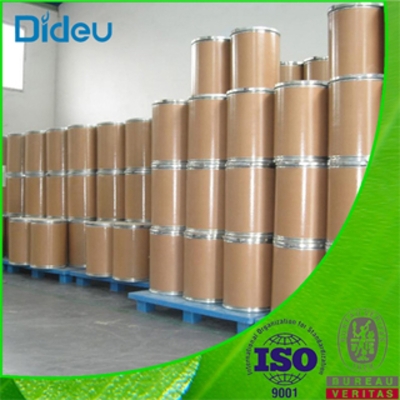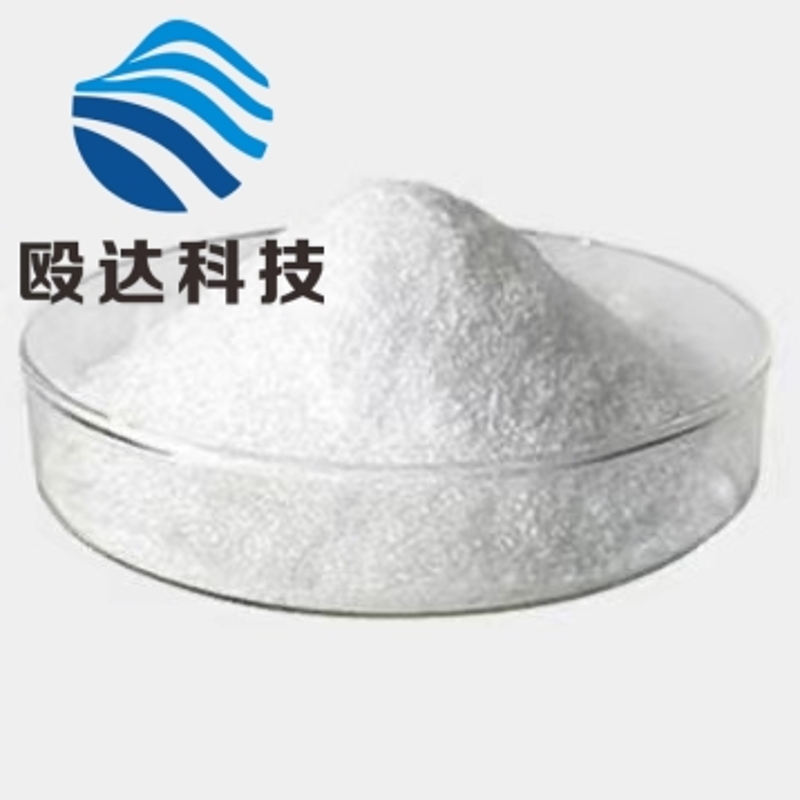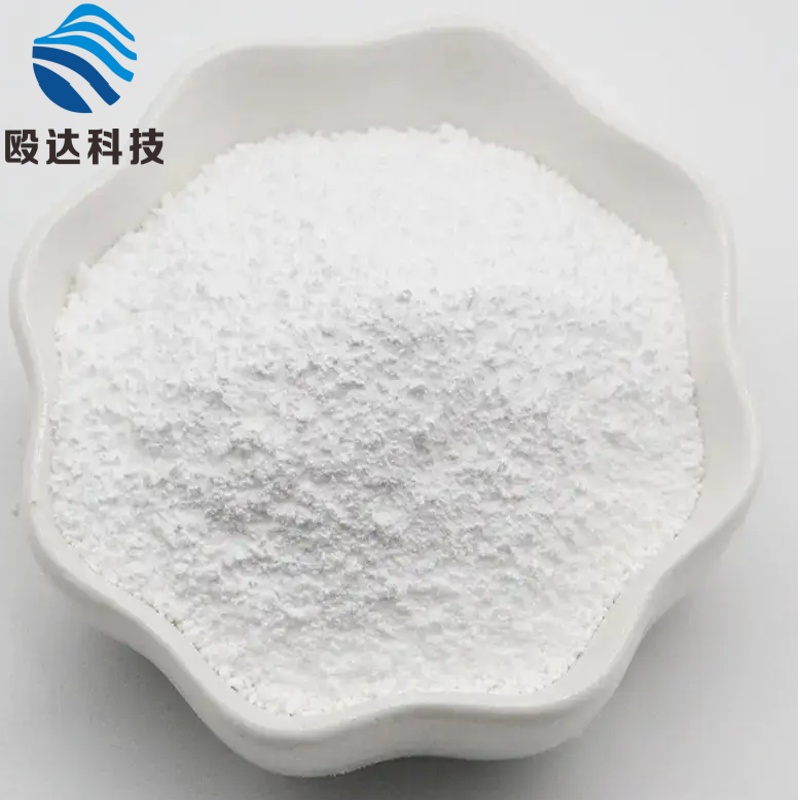-
Categories
-
Pharmaceutical Intermediates
-
Active Pharmaceutical Ingredients
-
Food Additives
- Industrial Coatings
- Agrochemicals
- Dyes and Pigments
- Surfactant
- Flavors and Fragrances
- Chemical Reagents
- Catalyst and Auxiliary
- Natural Products
- Inorganic Chemistry
-
Organic Chemistry
-
Biochemical Engineering
- Analytical Chemistry
- Cosmetic Ingredient
-
Pharmaceutical Intermediates
Promotion
ECHEMI Mall
Wholesale
Weekly Price
Exhibition
News
-
Trade Service
The chemical industry has long been known for its vital role in the production of a wide range of goods and materials that are essential to modern society.
From plastics and fertilizers to pharmaceuticals and personal care products, the chemical industry is responsible for producing a diverse array of products that touch nearly every aspect of our lives.
One area of the chemical industry that has received significant attention in recent years is the production of specialty chemicals, which are typically defined as chemical products that are used in small quantities but have a high value.
These chemicals are often used in industries such as pharmaceuticals, agrochemicals, and cosmetics, where the demand for high-quality, specialized products is particularly high.
One example of a specialty chemical that has gained widespread attention in recent years is 3-[(2S,5S)-5-[(3R,5R)-3-hydroxy-6-iodo-5-methylhept-6-enyl]-4-methylideneoxolan-2-yl]propyl 2,2-dimethylpropanoate, a compound that is commonly referred to by its acronym, Upstream 2000.
Upstream 2000 is a unique compound that is used in a variety of applications in the pharmaceutical industry.
It is produced through a complex chemical synthesis process that involves a number of steps and requires a high degree of expertise and specialized equipment.
Upstream 2000 is classified as an intermediate product, which is a chemical product that is used as a raw material in the production of another chemical product.
In the case of Upstream 2000, it is used as an intermediate in the production of a number of different downstream products, which are final chemical products that are used in a variety of industries.
One of the key advantages of Upstream 2000 is its high degree of purity and stability.
This is important in the production of downstream products, as it ensures that the final product is of a consistent quality and meets all necessary regulatory standards.
In addition to its use as an intermediate in the production of other chemicals, Upstream 2000 is also used in the production of a number of different pharmaceutical products.
This has led to increased demand for the compound in recent years, as the pharmaceutical industry is one of the fastest-growing sectors of the chemical industry.
Despite its many benefits, Upstream 2000 is also a challenging compound to produce.
Its synthesis requires a high degree of specialized knowledge and expertise, and the production process is complex and time-consuming.
This has led to a situation where the demand for Upstream 2000 is outpacing the supply, driving up prices and making it increasingly difficult for manufacturers to meet demand.
To address this challenge, many chemical manufacturers are looking to alternative production methods for Upstream 2000.
One promising approach involves the use of biotechnology, which involves the use of microorganisms to produce chemical products.
This approach has the potential to reduce costs and increase production capacity, making it an attractive option for many manufacturers.
Another way that chemical manufacturers are working to address the challenges posed by Upstream 2000 is by focusing on the development of more efficient and sustainable production methods.
This includes the use of more environmentally friendly chemicals and production processes, as well as the development of new technologies that can reduce waste and improve efficiency.
In conclusion, Upstream 2000 is a unique and valuable specialty chemical that is used in a variety of applications in the pharmaceutical industry.
Its high degree of purity and stability make it ideal for use as an intermediate in the production of other chemicals, and its use in the production of pharmaceuticals has contributed to its increased demand in recent years.
Despite its many benefits, Upstream 2000 is also a challenging compound to produce, driving up prices and making it increasingly difficult for manufacturers to meet demand.
To address this challenge, many manufacturers are looking to alternative production methods and focusing on the development of more efficient and sustainable production methods.







